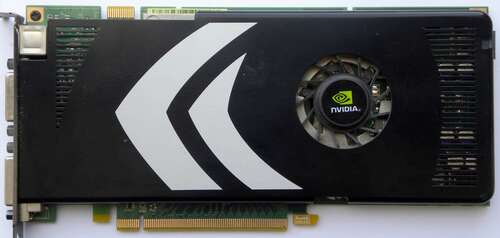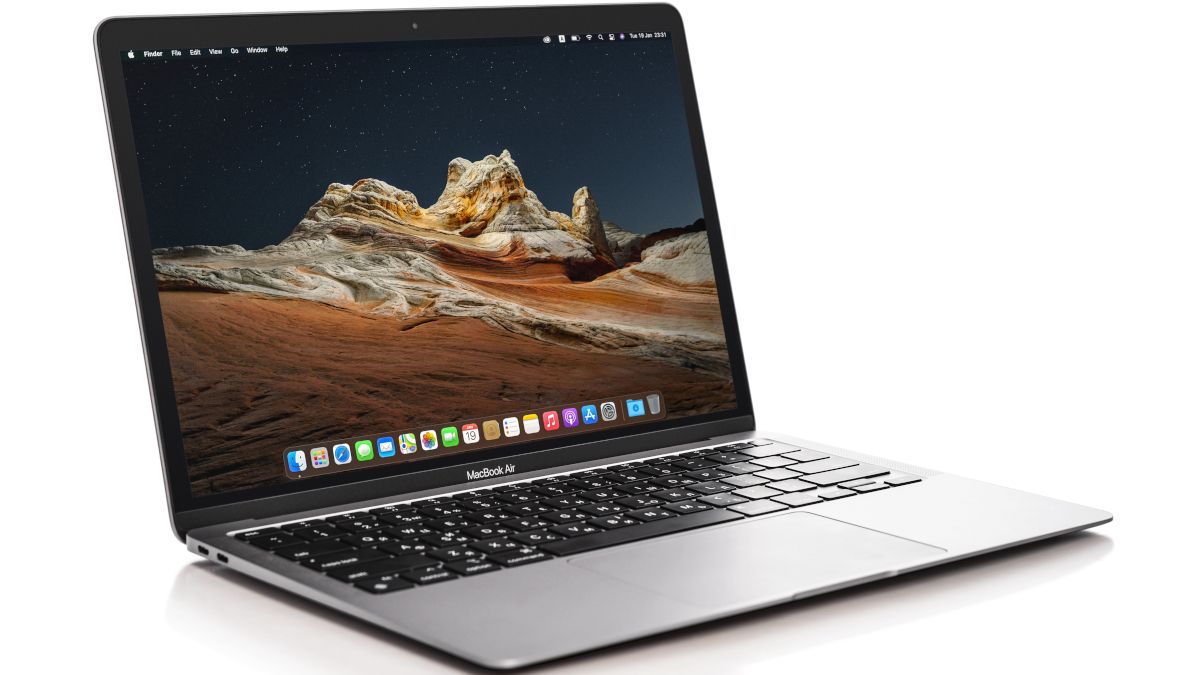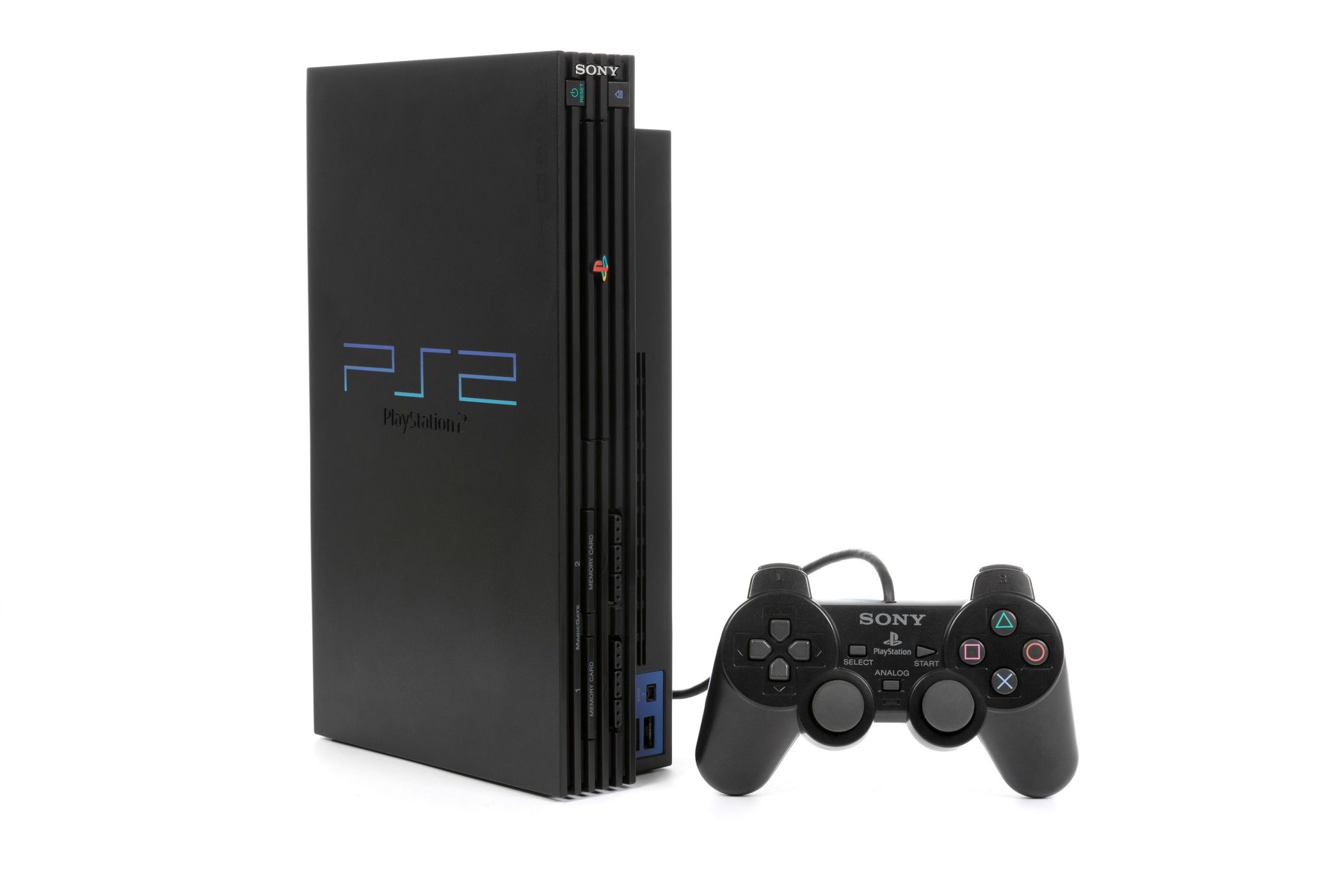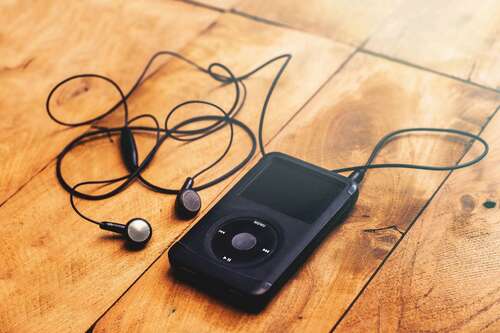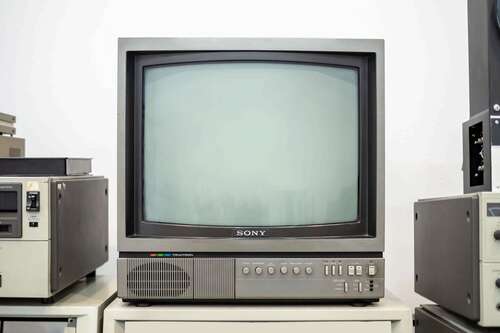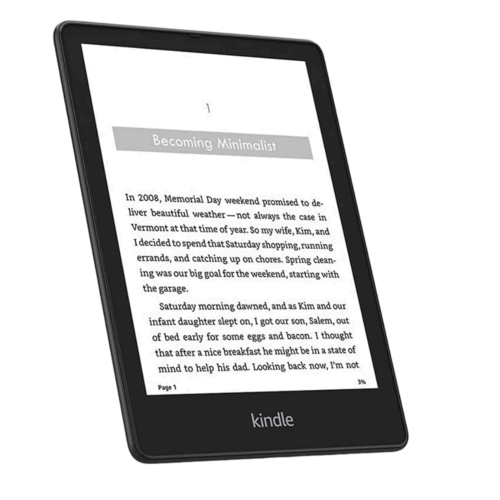For technology companies to stay afloat, they need you to come back at regular intervals to buy the newest version of their products. However, sometimes companies mess up, and make something so good there’s no reason to buy anything else. These are some of the worst culprits.
1 The 8800GT Graphics Card
I already gave this legendary GPU a shout-out in my list of the most influential graphics cards of all time, and younger folks might give this spot to the GTX 1080 Ti instead, but there’s little doubt in my mind that this was NVIDIA at it’s most generous. Consider that this is a proper modern programmable pixel shader card that performed nearly as well as the top card in its series. Add to that, the PlayStation 3 and Xbox 360 systems pack previous-generation GPUs roughly in line with the 7800GT, and that console generation remained relevant for nearly a decade.This meant, with a few PC-exclusive games as exceptions, you could keep the same card for almost 10 years. Which is exactly what I did!
2 M1 MacBook Air
In mid-July of 2023 I waxed lyrical about the Apple M1 MacBook Air and as of this writing it’s still my daily driver. In just a few months my M1 Air will be four-year old technology, and there’s still nothing I need it to do on a daily basis it doesn’t just chew up and spit out. I’ve been tempted by the 15-inch screens of newer MacBook Air computers, but in terms of actual performance and usability I have zero complaints, and can see myself using it for four years more. It may be the best $1000 I have ever spent, since even if I replace it someone will get those years of use out of it after me.
3 PlayStation 2
One of the main reasons (apart from being amazing) why the PS2 became the best-selling console of all time is that it was relevant for so long. The last game to come out on the PS2 was Pro Evolution Soccer 2014, which came out virtually alongside the PS4!
The PS2 has one of the most incredible game libraries, and many of those PS2 games are still being played today on newer systems. The leap from PS1 to PS2 is still the biggest generational jump in PlayStation history, and those titles hold up today. Add to that, HD TVs were slow to enter homes, the PS3 was far too expensive, and there was always something new and awesome to play. Assuming you took good care of it, your launch PS2 would have kept providing you with new games and great experiences on a CRT TV for 14 years straight. Now that’s a good investment.
4 The iPod Classic
There were six generations of iPod Classic, with the “Classic” bit only added with the last generation device which is largely what I’m referring to here. The 6th generation iPod Classic got two minor revisions to increase its capacity and add a few small features, but after seven years of selling the 6th-gen device Apple called it quits.
With the rise of the iPhone and smartphones in general, an iPod wasn’t really needed anymore. Yet people are still using the iPod Classic and there are even ways to mod them for modern music streaming. The iPod Classic had oodles of space for your music at high quality, it had a focused, minimalist design and control system, and crucially didn’t need a constant or frequent internet connection just so you can listen to your tunes. The design didn’t need to change much over all those years, because Apple got it right almost from the start.
5 Trinitron CRTs
In the 80s, Sony’s Trinitron CRT TVs stood head and shoulders above other color television sets, thanks to a patented aperture grill technology offering sharper and more vibrant pictures. It took years for other brands of TV to catch up, so if you spent good money to buy a Trinitron set in the 80s, you could have kept it all the way up to your first HD LCD TV without missing anything much in between.
Today, (more modern) Trinitron CRT sets are still sought after by retro gamers looking to get the best and most authentic experience with Standard Definition game systems like the Nintendo NES or Sony PlayStation 2.
6 Kindle Paperwhite
Somewhat paradoxically, eReaders are one of the most sci-fi gadgets you can buy, despite almost being retro-futuristic at the same time. There’s just something about electronic paper that tickles my brain the right way, and I’ve enjoyed reading books on these gadgets just as much as real paper or on an iPad. It took quite some time for eReaders to reach the point of maturity where there wasn’t really anything left to add, and I think that happened with the release of the first Kindle Paperwhite in 2012.
With a sharp, high-contrast touch screen and integrated lights, the Paperwhite was the template for what an eReader should be and subsequent generations only offered some spit and polish on the basic formula, but nothing truly essential that would justify buying a whole new device when your current Paperwhite still worked just fine.
While companies might not love it when we don’t feel like replacing the product we last bought from them, I hope that the bean counters still accidentally bump the abacus now and then to give us more timeless gadgets that swing for the bleachers and earn a spot in history as legendary overachievers.
